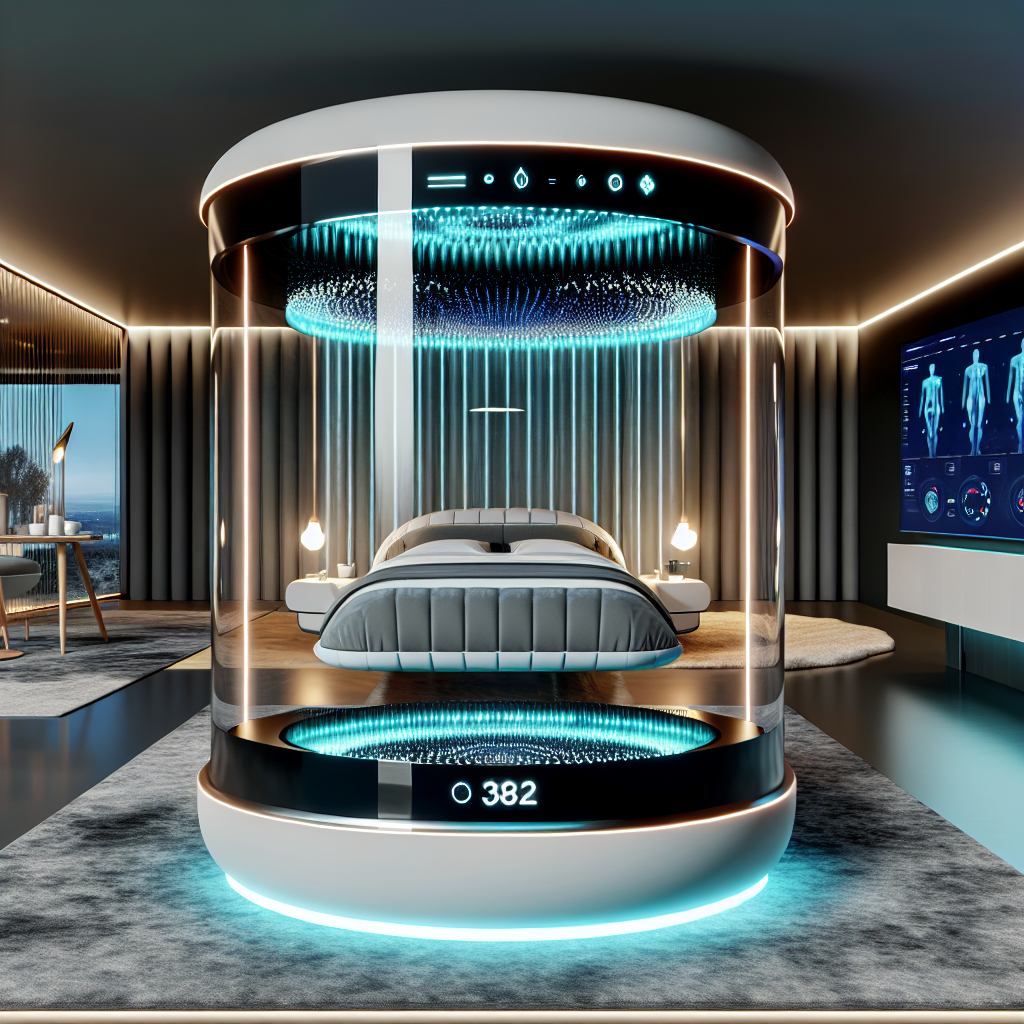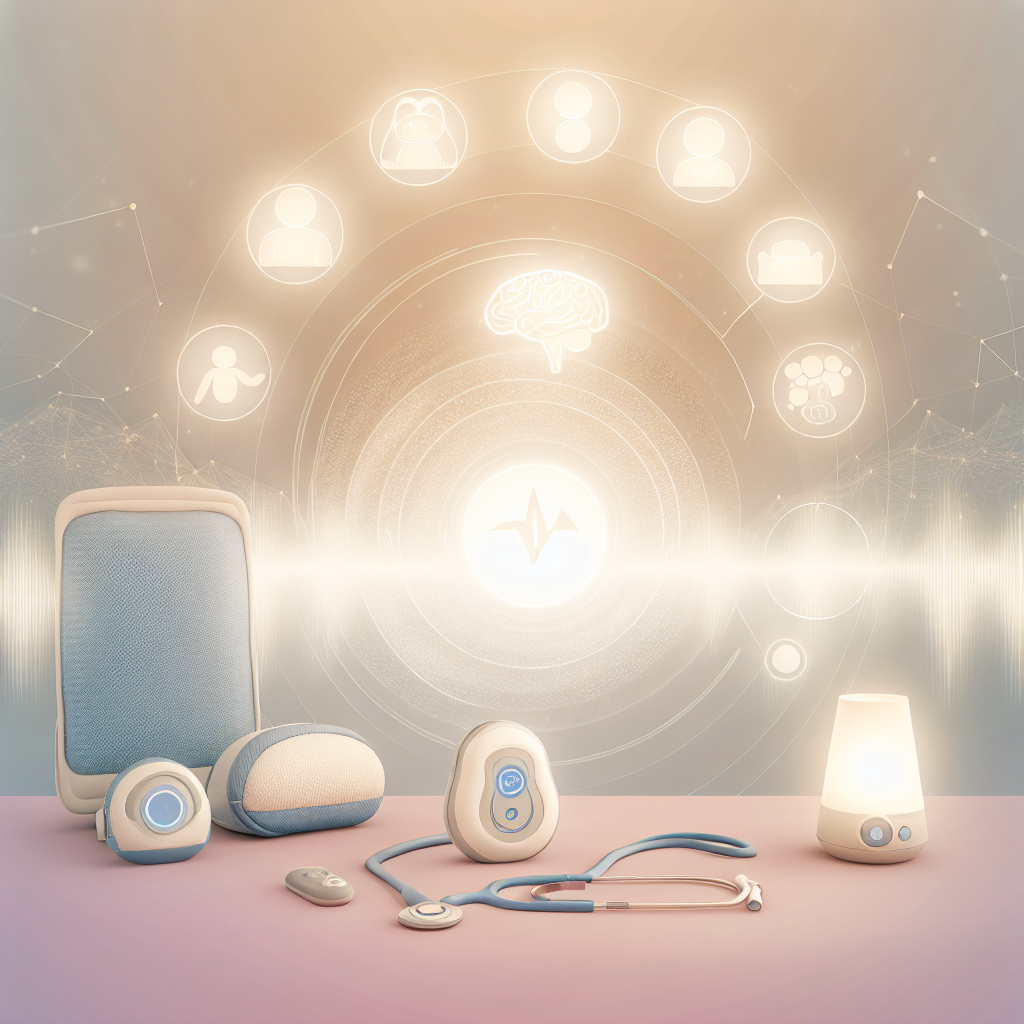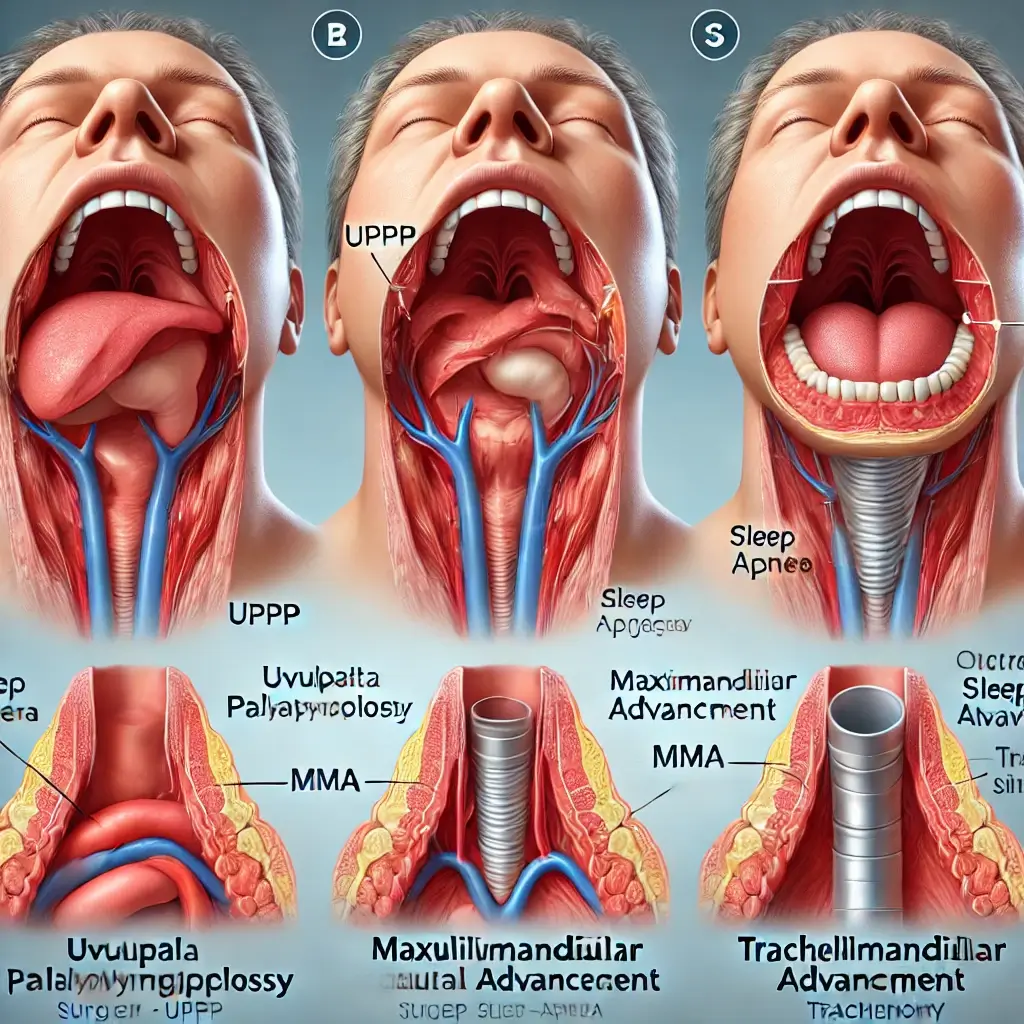Biometric Sleep Chambers: The Ultra-Premium Future of Bedroom Design
The Future of Sleep is Here
Sleep is a pillar of human health, as essential as nutrition and exercise. Yet, for many, achieving high-quality sleep is an ongoing struggle. With rising concerns about sleep disorders, stress-related insomnia, and poor sleep hygiene, new advancements in sleep technology offer groundbreaking solutions.
One emerging trend that stands at the pinnacle of luxury and scientific innovation is the biometric sleep chamber—a fully integrated sleep environment that leverages cutting-edge biometrics, AI technology, and ambient conditioning to optimize rest.
Traditionally, bedroom design focused on aesthetic and comfort elements such as furniture, lighting, and mattress quality. However, as technology and health science converge, the future of bedroom design extends far beyond conventional setups.
The Revolutionary Features of Biometric Sleep Chambers
Biometric sleep chambers integrate smart sensors, AI automation, and adaptive environments to create the ultimate sleep experience. Let’s explore their industry-changing features.
Sleep Tracking & Biometric Monitoring: Your Body’s Data at Work
One of the most compelling features of biometric sleep chambers is their advanced biometric sensor technology, designed to analyze and optimize your sleep continuously. These intelligent sleep chambers take tracking further by monitoring heart rate variability (HRV), oxygen saturation, breathing patterns, and body movement to adjust environmental conditions accordingly.
AI-Powered Sleep Optimization: The Smartest Way to Rest
Artificial intelligence-driven systems are at the heart of biometric sleep chambers. These smart technologies analyze sleep patterns and automate adjustments for an uninterrupted, restorative experience. For instance, if restlessness is detected during REM sleep, the AI may automatically lower the temperature or adjust ambient sounds to stabilize the sleep cycle.
Temperature & Climate Control: The Perfect Sleep Atmosphere
Biometric sleep chambers monitor body temperature and adjust room conditions accordingly, ensuring a sleep-friendly environment for deep, uninterrupted rest. Additionally, smart filtration systems control air quality, humidity, and airborne particles, ensuring clean, breathable air throughout the night.
Noise Cancellation & Soundproofing: Say Goodbye to Sleep Disruptions
Biometric sleep chambers integrate active noise-canceling technology and soundproof materials, ensuring an ultra-quiet sleep space. Some models also use real-time adaptive soundscapes, which adjust according to biometric feedback to stabilize your sleep cycle.
Circadian Light Simulation & Smart Wake Technology: A Natural Sleep-Wake Cycle
Biometric sleep chambers use circadian-friendly lighting technology to gradually adjust brightness and color temperature, mimicking natural daylight cycles. In the morning, simulated sunrise lighting replaces traditional alarms, providing a gentle, stress-free wake-up experience that enhances alertness and mood.
Conclusion: The Future of Sleep Starts Now
The evolution of sleep technology is transforming not only how we sleep but also where we sleep. Biometric sleep chambers represent the future of bedroom design—integrating sleep science, AI automation, and smart home connectivity into a single ultra-premium system.
By continuously fine-tuning essential factors such as temperature, sound, light, and air quality, these chambers create an unparalleled sleep experience tailored to each individual. Scientific research consistently highlights sleep’s critical role in brain function, cardiovascular health, and immune support. As biometric sleep technology becomes more widely available, it will evolve from an elite luxury into an essential health investment.
With ongoing advancements in AI, neuroscience, and home automation, biometric sleep chambers may soon become the gold standard in modern sleep spaces—ensuring a healthier, more restorative rest for everyone.
Summary:
Biometric sleep chambers are the future of bedroom design, leveraging cutting-edge technologies like smart sensors, AI automation, and adaptive environments to create the ultimate sleep experience. These chambers integrate features like advanced biometric monitoring, AI-powered sleep optimization, temperature and climate control, noise cancellation, and circadian light simulation to provide a tailored, restorative sleep environment. As sleep technology continues to evolve, biometric sleep chambers are poised to become an essential health investment for individuals seeking better sleep, well-being, and peak performance.
References:
[1] National Sleep Foundation – [www.sleepfoundation.org](https://www.sleepfoundation.org)
[2] Harvard Medical School: Sleep Medicine – [hms.harvard.edu](https://hms.harvard.edu)
[3] Stanford Medicine Sleep Research – [med.stanford.edu](https://med.stanford.edu)
[4] Harvard Healthy Sleep – [healthysleep.med.harvard.edu](https://healthysleep.med.harvard.edu)
[5] Journal of Clinical Sleep Medicine – [jcsm.aasm.org](https://jcsm.aasm.org)

Dominic E. is a passionate filmmaker navigating the exciting intersection of art and science. By day, he delves into the complexities of the human body as a full-time medical writer, meticulously translating intricate medical concepts into accessible and engaging narratives. By night, he explores the boundless realm of cinematic storytelling, crafting narratives that evoke emotion and challenge perspectives.
Film Student and Full-time Medical Writer for ContentVendor.com




